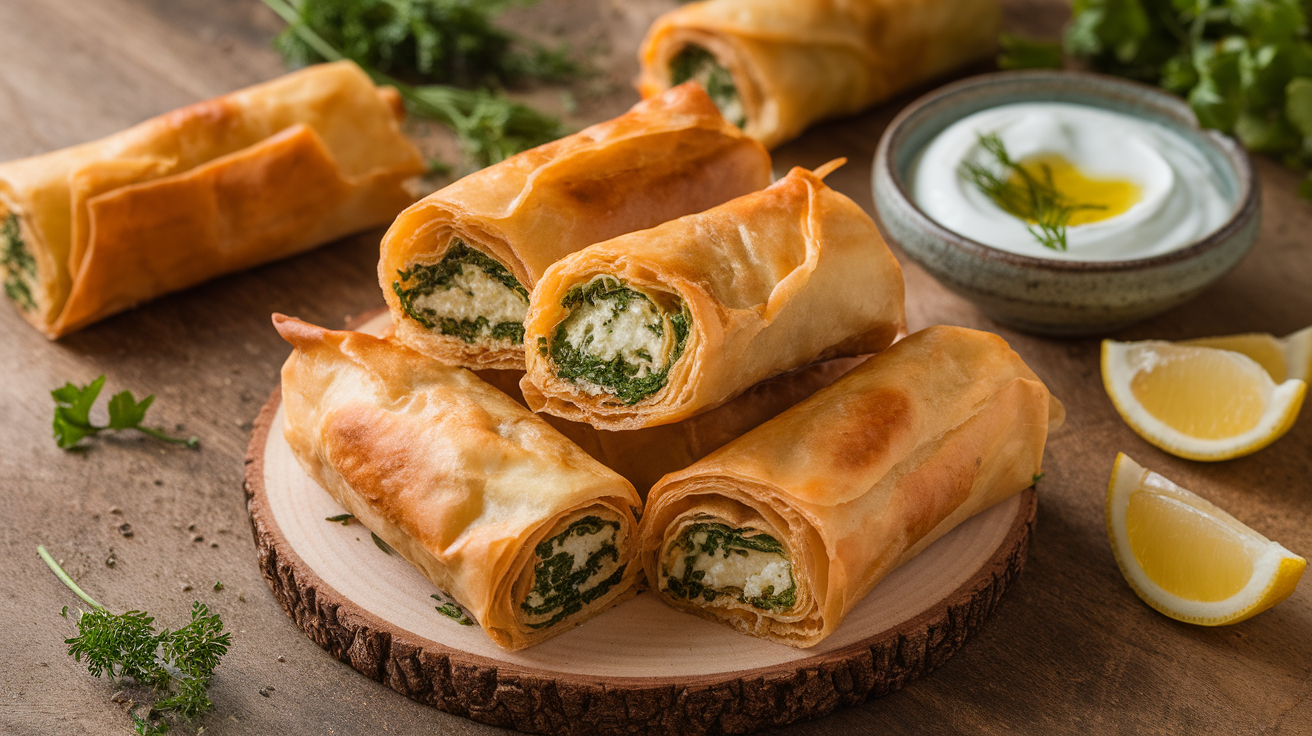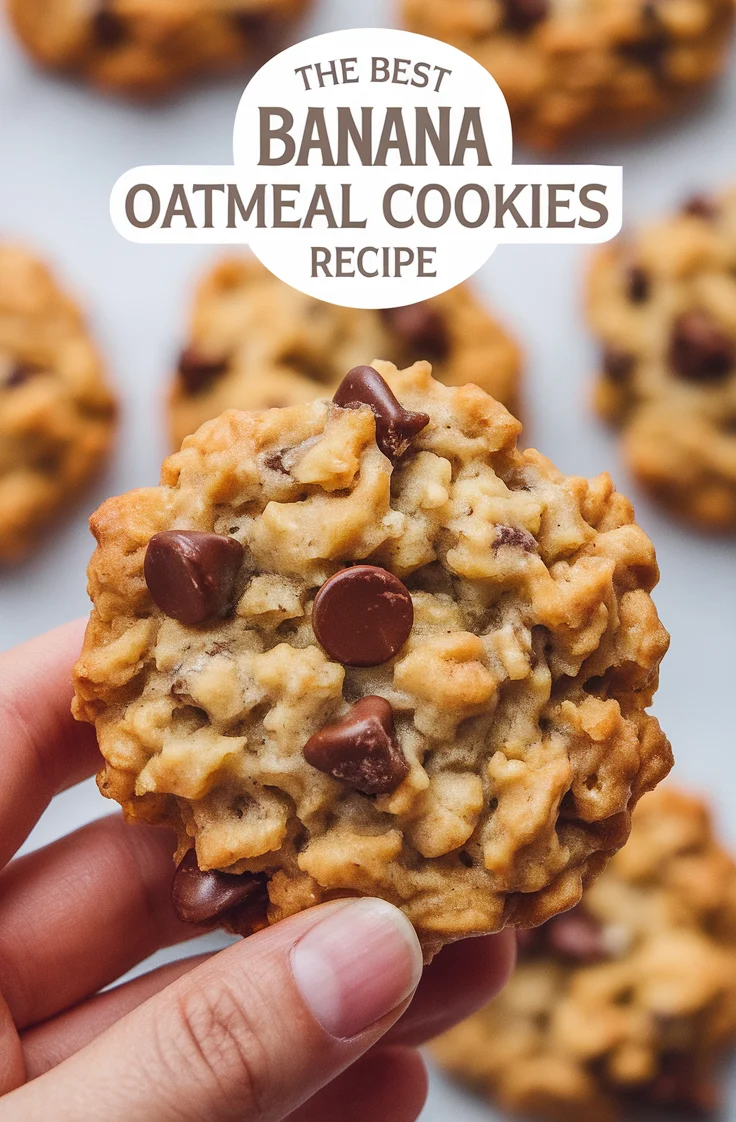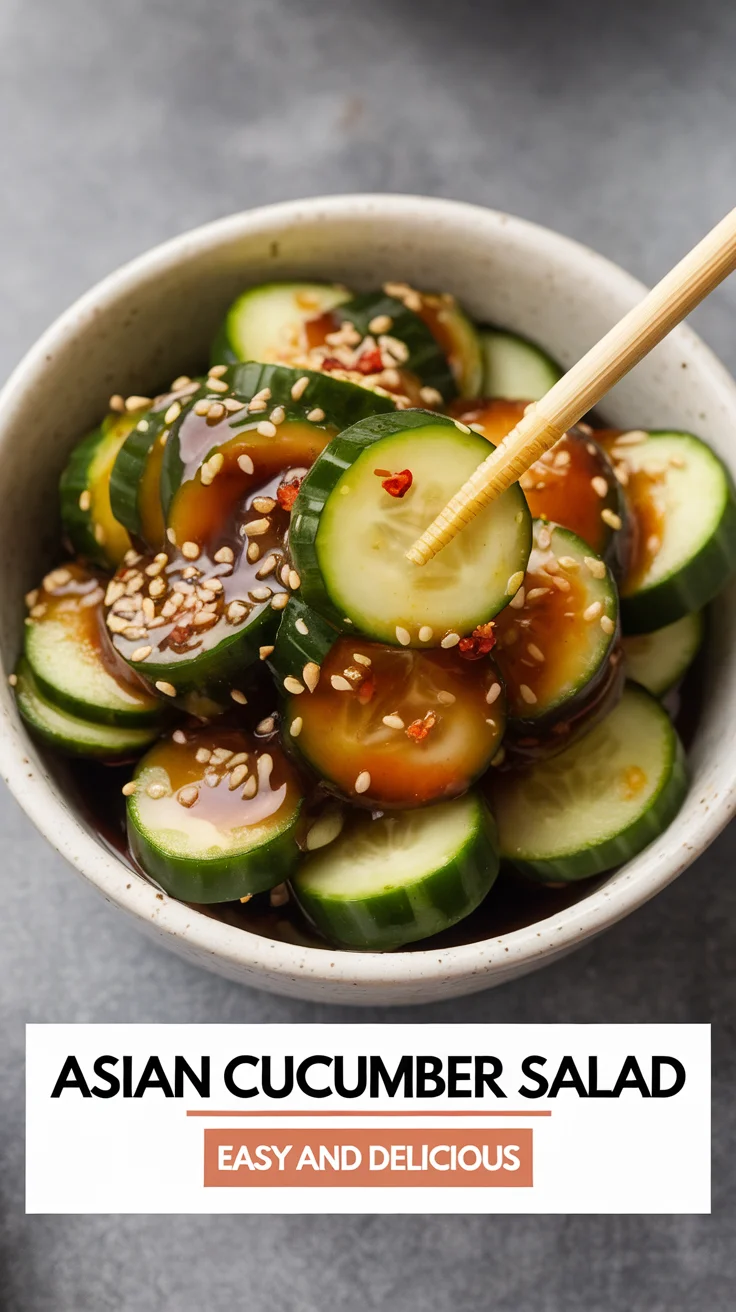Si eres un fan de Middle Eastern recipes, Arabic food, or any dish from the vibrant and diverse Mediterranean recipes repertoire, you’ve likely come across one of its most irresistible appetizers — the Sigara Börek. Known for its crispy, golden-brown shell and creamy, cheesy filling, this savory pastry from Turkey has become a beloved snack throughout the Middle East, North Africa, and Southern Europe.
While it may be small in size, Sigara Börek carries the weight of centuries of culinary tradition. In this comprehensive article, we’ll dive into the rich cultural background of this Turkish delight, walk you through a foolproof recipe, and offer creative variations and pairings. Whether you’re hosting a party, putting together a mezze platter, or just craving a flavorful snack, Sigara Börek is the perfect addition to your menu.
A Culinary Gem from the Mediterranean
What is Sigara Börek?
Sigara Börek (pronounced “see-GAH-rah BURR-eck”) gets its name from its cigarette-like shape. These slender pastries are rolled using thin sheets of dough—traditionally yufka—and filled most commonly with white cheese and herbs. Once rolled, they are deep-fried until they reach that unmistakable crispy texture.
Sigara Börek is a staple in Turkish recipes but also enjoys popularity in countries with overlapping culinary histories, such as Greece, Lebanon, Syria, Jordan, and parts of North Africa. Its appeal lies in its simplicity, versatility, and satisfying flavor — all common traits in the best Arabic food y Middle Eastern recipes.
History of Börek: Tracing Its Origins
The history of börek dates back to the Ottoman Empire, which spanned parts of modern-day Turkey, Greece, the Balkans, North Africa, and the Middle East. Börek became a common dish served at royal banquets and village tables alike. Over centuries, local ingredients and cooking styles gave birth to hundreds of börek variations, from layered trays like su böreği to rolled types like sigara.
Sigara Börek, in particular, emerged as a more portable, bite-sized variant. Its minimal filling, quick cooking time, and crisp texture made it ideal for gatherings, picnics, and street food vendors. The technique spread across borders and cultures, giving rise to similar savory pastries in Greek recipes (tiropitakia), Lebanese recipes, and other Mediterranean recipes.
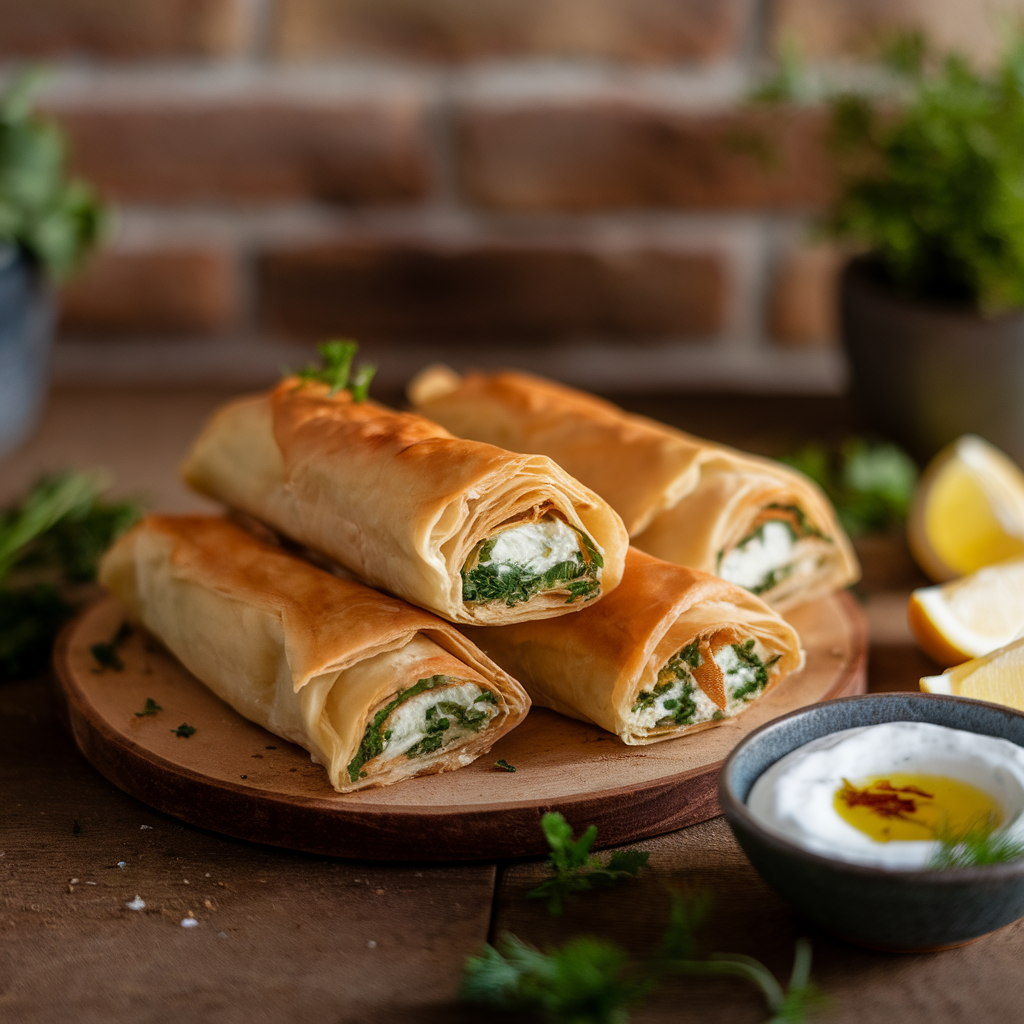
Ingredients: The Heart of a Great Sigara Börek
Creating the perfect Sigara Börek requires just a few ingredients—but their quality makes a big difference. Here’s what you’ll need:
Main Ingredients:
- Yufka or phyllo dough – Yufka is slightly thicker and sturdier, used in traditional Turkish kitchens. Phyllo (filo) dough, more common in Western supermarkets, works beautifully too.
- Feta cheese – A crumbly, salty cheese that’s central to this dish.
- Perejil – Adds freshness and a subtle peppery taste.
- Black pepper – For a mild kick.
- Water-flour paste or egg wash – To seal the rolls.
- Vegetable oil – For frying.
Optional fillings can include mozzarella, ricotta, potatoes, or minced meat, depending on regional preferences and dietary needs.
Traditional Turkish Sigara Börek Recipe
Let’s walk through how to make authentic Sigara Börek — the way it’s enjoyed on the streets of Istanbul or at a Turkish family’s breakfast table.
Ingredientes:
- 1 package yufka (or 10 sheets of phyllo dough)
- 200g feta cheese
- ½ cup shredded mozzarella (optional, for extra creaminess)
- 2 tablespoons chopped parsley or dill
- Pimienta negra recién molida
- 2 tablespoons all-purpose flour
- 3 tablespoons water (for sealing)
- Oil for deep-frying
Instrucciones:
1. Make the Filling
In a bowl, crumble the feta cheese. Mix in mozzarella (if using), parsley, and a sprinkle of black pepper. The filling should be dry and crumbly, not wet.
2. Prepare the Pastry
If using yufka, cut each round into 8 triangular wedges. If using phyllo dough, stack 2-3 sheets and cut lengthwise into triangles roughly 4-5 inches wide at the base.
3. Assemble
- Place a small spoonful of filling at the base of each triangle.
- Fold in the sides slightly to trap the filling.
- Roll the pastry tightly to form a cigar shape.
- Seal the end using the flour-water paste or an egg wash.
Repeat until all filling and pastry are used.
4. Fry
- Heat oil in a pan to 350°F (175°C).
- Fry the borek in batches, turning as needed, until golden brown (2–3 minutes per side).
- Drain on paper towels.
Alternative: For a healthier version, brush with olive oil and bake at 375°F (190°C) for 20–25 minutes until golden.
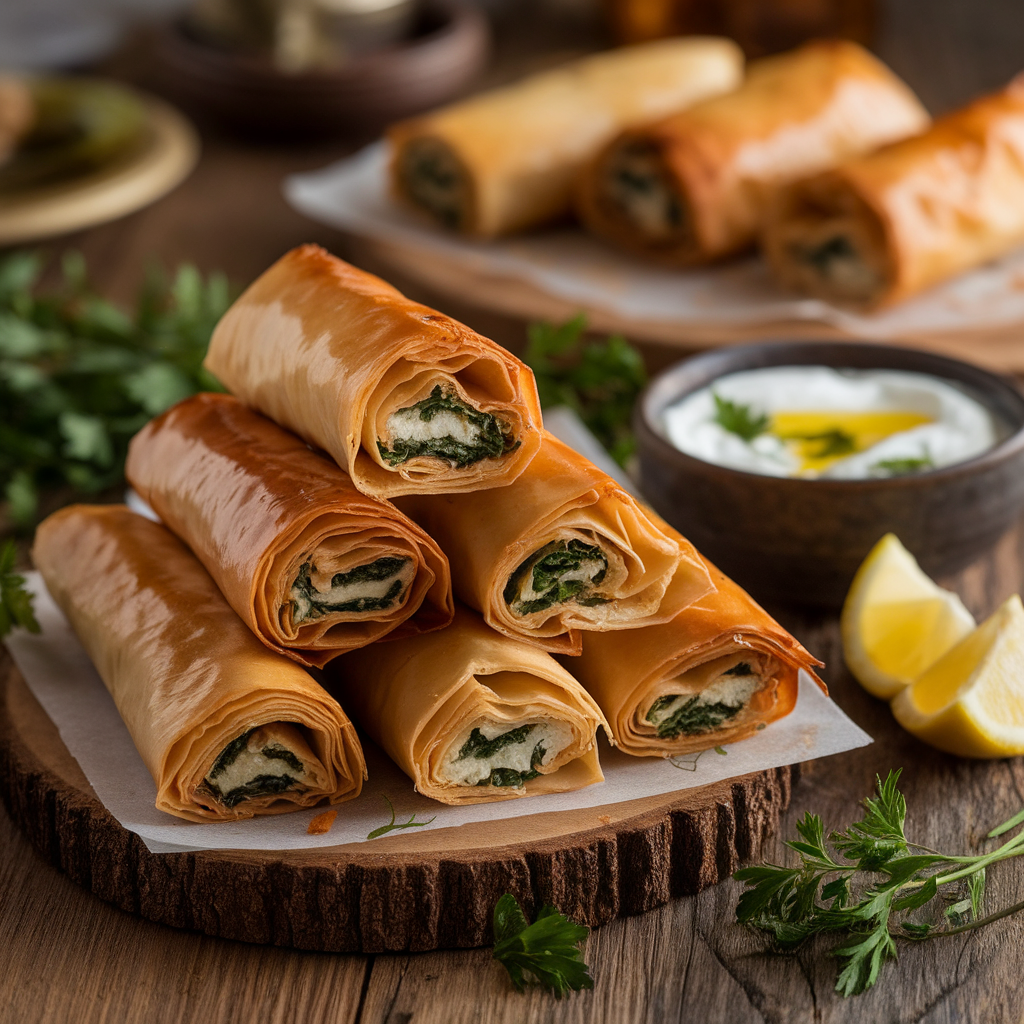
Regional Variations: A Shared Culinary Language
Lebanon
In Lebanese recipes, you’ll often find cheese rolls made with akkawi or halloumi cheese. These can be flavored with mint or nigella seeds and are frequently part of mezze platters.
Greece
Greek recipes offer similar rolls called tiropitakia, usually baked rather than fried. A mix of feta and other soft cheeses like anthotyro is common.
Palestine & Syria
Palestinian and Syrian kitchens offer sambousek — triangular pastries filled with cheese, meat, or spinach. These are closer in shape to Indian samosas but share the concept of a thin dough wrapper and savory filling.
North Africa
In Moroccan and Algerian cooking, briouats resemble Sigara Börek. Filled with cheese, meat, or even sweet fillings like almonds and honey, they show the adaptability of this concept across Mediterranean recipes.
Make It Your Own: Delicious Variations
Don’t be afraid to get creative! Sigara Börek is incredibly versatile.
Popular Variations:
- Spinach and Feta – A nutritious combo, great for vegetarians.
- Ground beef and onion – A heartier, protein-rich option.
- Potato and cumin – Popular in both Turkish and Arabic food traditions.
- Sujuk and cheese – A spicy Turkish sausage that adds depth and heat.
Want to go fusion? Try filling with sun-dried tomatoes and basil for an Italian-Mediterranean twist!
How to Serve Sigara Börek: Elevating Your Mezze Table
Sigara Börek is traditionally served as part of mezze—an assortment of small dishes that encourages communal dining and rich conversation.
Great Pairings:
- Yogurt dip with garlic and mint
- Hummus or baba ghanoush
- Olives and pickled vegetables
- Lentil soup or tabbouleh
- Turkish tea or ayran (yogurt drink)
It also makes a perfect addition to:
- Iftar platters during Ramadan
- Brunch spreads
- Cocktail parties (especially when served bite-sized)
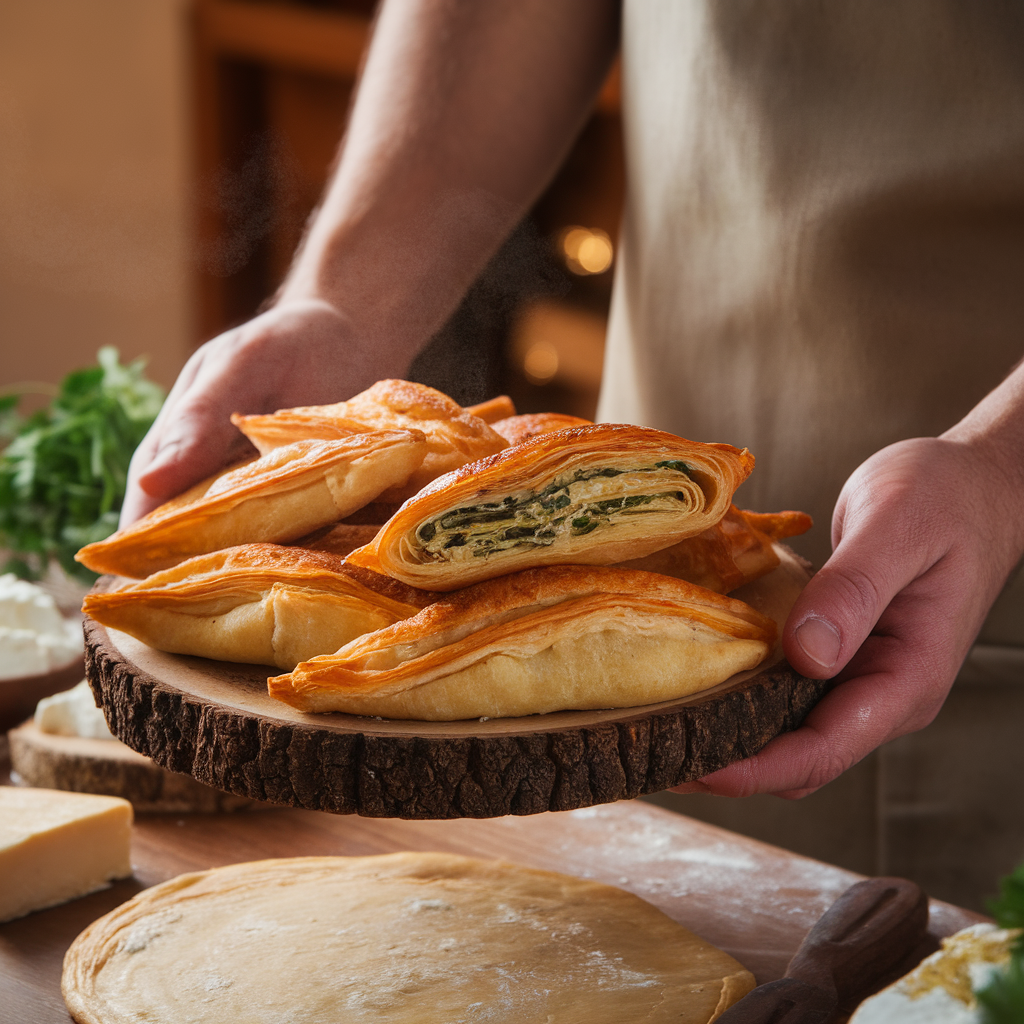
Storage and Freezing Tips
One of the biggest perks of making Sigara Börek is its convenience.
To store (uncooked):
- Assemble the borek and place in a single layer on a baking tray.
- Freeze for 2 hours, then transfer to freezer-safe bags.
- Fry directly from frozen, adding 1-2 extra minutes.
To store (cooked):
- Keep in the fridge for up to 3 days.
- Reheat in an oven or air fryer for best texture.
Freezing Tip:
Label each bag with the filling type — especially if you’re making different flavors.
Healthier Alternatives: Guilt-Free Enjoyment
You don’t have to miss out on Sigara Börek if you’re watching your diet.
Healthier Options:
- Bake instead of fry
- Use olive oil spray to keep fat content down
- Choose low-fat feta or ricotta
- Add veggies like spinach or mushrooms
- Use whole wheat or gluten-free phyllo sheets
This dish is easy to adapt to vegetarian, low-fat, or low-sodium diets while still staying true to its roots.
Cultural Significance: More Than Just a Snack
In Turkey, Sigara Börek is deeply woven into the fabric of everyday life. It’s a common item at Turkish breakfasts, sold by street vendors, and served at tea time. It represents a shared tradition across generations — mothers teaching daughters how to roll the perfect borek, grandmothers preparing them for festive occasions, and friends bonding over plates of pastries and glasses of çay.
Similarly, in Arabic food culture, the act of preparing and sharing small bites like Sigara Börek is an act of hospitality and love. Whether in Amman, Beirut, or Athens, you’ll find similar treats at weddings, family gatherings, and neighborhood feasts.
Preguntas Frecuentes
Q: Can I make Sigara Börek in advance?
Yes! You can prepare and freeze them uncooked, then fry or bake fresh when ready.
Q: What’s the difference between yufka and phyllo?
Yufka is thicker, more durable, and doesn’t flake as much. Phyllo is paper-thin and crisps more, but both work well.
Q: Can I make this vegan?
Yes. Use a vegan cheese substitute and egg-free wrappers. Brush with olive oil instead of egg wash.
Q: What oil is best for frying?
Neutral oils like sunflower, canola, or vegetable oil are ideal due to their high smoke points.
Final Thoughts: Celebrate the Flavors of the Middle East
Whether you’re diving into Lebanese recipes, Greek recipes, or exploring the richness of Arabic food, Turkish Sigara Börek is a dish that unites them all. It’s easy to make, deeply comforting, and endlessly adaptable — a perfect ambassador for Middle Eastern recipes y Mediterranean recipes alike.
Next time you want to impress guests or just treat yourself, reach for these golden rolls. With a crispy bite and warm, cheesy center, Sigara Börek will become one of your go-to appetizer snacks — a true taste of the Mediterranean, no passport required.
